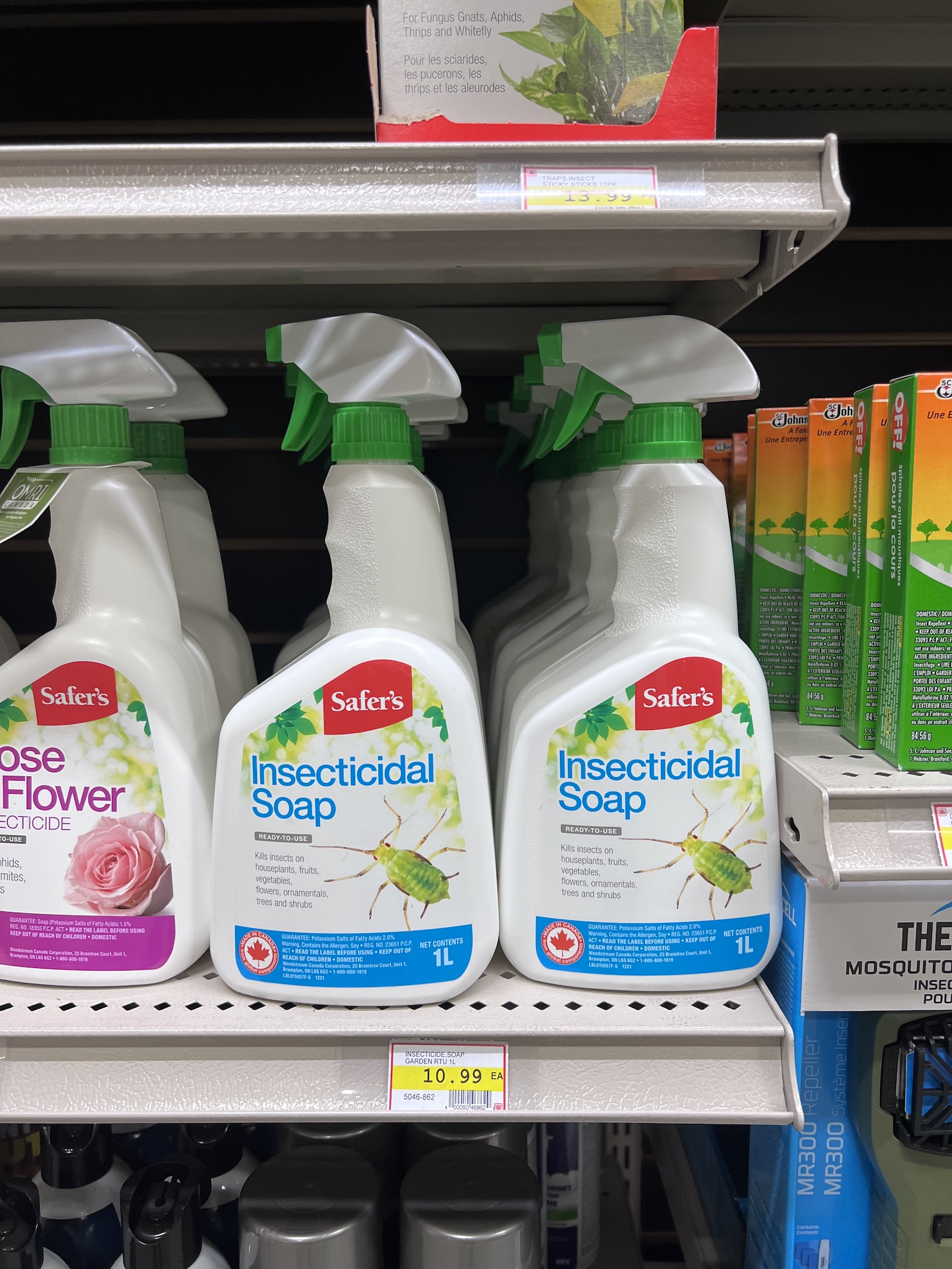
Aphids are one of the most common and persistent insect pests in the garden. These tiny, soft-bodied insects can damage leaves, stems, and flowers (but rarely kill plants). They also spread disease and attract other problems, like ants and mold.
Aphid basics
Aphids are very small pear-shaped insects. Adults grow to about 2–4 mm long (up to 1/8 inch). They may be green, yellow, pink, brown, gray, or nearly black. Most species live in dense colonies on the undersides of leaves or on tender new plant growth.
Aphids have long antennae and two small “tailpipes” (called cornicles) at the back of their bodies. These cornicles help distinguish them from other insects.
Aphid life cycle
Most aphids in the garden are female. These females reproduce without mating and have many daughters, which also reproduce without mating. This cycle continues through the growing season.
In fall, some aphids produce both males and females. They mate and then the females lay eggs in protected places like bark crevices or leaf nodes. The eggs hatch the next spring and begin the cycle again.
Some species have more complex life cycles, including alternating host plants or switching between winged and wingless forms.
Species of aphids
There are more than 4,000 aphid species worldwide. About 250 species are considered pests, with most species highly specific to only one kind of plant or plant family.
Common aphids in gardens include:
- Green peach aphid (Myzus persicae)
- Cabbage aphid (Brevicoryne brassicae)
- Potato aphid (Macrosiphum euphorbiae)
- Melon aphid (Aphis gossypii)
- Rose aphid (Macrosiphum rosae)
- Black bean aphid (Aphis fabae)
- Foxglove aphid (Aulacorthum solani)
- Woolly apple aphid (Eriosoma lanigerum)
Most aphids are adapted to specific plants or plant families. For example, aphids on plum trees will not spread to beans or cabbage. The green peach aphid is one exception, as it feeds on many unrelated plants.
Damage caused by aphids
Aphids feed by piercing plant tissues and sucking out sap. This weakens the plant and causes visible symptoms.
Signs of aphid damage include:
- Clusters of tiny insects on leaves and stems
- Curled or puckered leaves
- Twisted or stunted new growth
- Yellow or reddish spots on leaves
- Sticky coating (honeydew) on leaves or surfaces
- Presence of black sooty mold on leaves
Some aphid species inject toxic saliva that can cause leaf distortion (even with low aphid populations). Others transmit plant viruses. For example, one pea aphid can transmit pea enation mosaic virus to an entire plant.
How to prevent aphids
Healthy plants are more resistant to aphids. Here’s how to reduce risk:
- Inspect new plants for aphids before planting
- Grow aphid-resistant varieties if available
- Use floating row covers on young seedlings
- Keep plants well-watered during dry periods
- Avoid over-fertilizing with nitrogen
- Avoid plant stress from drought or root damage
Aphids thrive on soft, fast-growing shoots. Drought and excess nitrogen both encourage the type of growth aphids prefer. Keep plants evenly watered and don’t apply too much fertilizer.

Natural enemies of aphids
Aphid predators and parasites are widespread and very effective. They often prevent outbreaks before gardeners notice any damage.
Common aphid enemies include:
- Lady beetles (both adults and larvae)
- Lacewing larvae
- Aphid midges
- Syrphid fly larvae
- Parasitic wasps (e.g., Aphidius spp.)
To attract and support these beneficial insects, plant nectar and pollen-rich flowers like:
- Yarrow
- Sweet alyssum
- Cilantro
- Dill

How to control aphids
If natural predators are active, wait a few days before taking action. Often, the predators will reduce the colony without help. But if aphid populations keep growing or are damaging important crops, try these steps:
- Water spray – Spray aphids off with a strong jet of water. Repeat after 1–2 days to knock off survivors before they reproduce. Spraying off aphids with a sharp stream of water not only knocks them off the plant but also generally kills them (their sap-sucking parts stay stuck in the plant while the rest of their body is sprayed off).
- Insecticidal soap or horticultural oil – These coat and smother aphids. Apply to all leaf surfaces, especially the undersides. Avoid use in full sun or on drought-stressed plants. Try to apply during the coolest time of day if possible.
- Biological control – Buy and release aphid midges, ladybugs, or parasitic wasps. This is most effective in greenhouses or enclosed gardens, but may have some beneficial affect in backyards and on patios as well.
- Dormant oil sprays – Apply in fall or late winter to smother and kill overwintering aphid eggs. Use only products labeled for this purpose.
Avoid squishing aphids! Crushing aphids by hand can also kill beneficial insects, and can spread aphid honeydew, so it’s not recommended.
If the aphid infestation is really out of control on a short-lived plant (like veggies in the garden), consider removig the parts of the plant that are the most affected. Trim off leaves or branches with the highest density of visible aphids. Then remove those trimmings from the garden area. Treat the remaining plant.
When to act
Control aphids when:
- Plants show clear damage and no natural enemies are present
- Aphid numbers are increasing faster than predator numbers
- You’re managing virus-sensitive crops like peas or lettuce
- You’re protecting young seedlings from stunting
In most cases, natural enemies and targeted water sprays are enough. Avoid insecticides unless necessary, as they harm beneficial insects that keep aphid populations in check.


